|
Two nights ago I went down to the newly cut field, the one I call “Field of Dreams” because it opens to the Northeastern sky allowing me to view the Great Bear, Cassiopeia and other constellations, meteor showers, as well as rising winter moons (my favorite). I sat down in the stillness listening to the crickets under a charcoaled sky. The rising moon was mostly hidden in the trees that rise over the southeast. Oh, it was so peaceful there with the sound of running brook water nearby. Newly mown hay wafted up embracing me in a cloud of scent.
Suddenly, to my great astonishment the sky was filled with bats. Bats? Maine has suffered a steep decline in bats because of white nose syndrome. It had been years since I had seen so many. They dove around my head as my spirits soared. I noticed almost immediately that two sizes of bats were visible. And they kept on coming. I left time behind me while gazing upwards. When I came to I realized that the bats were all appearing from the same direction. They must have a roosting place nearby, and I thought I might know just where…
0 Comments
Paul Stamets, mycologist (mushroom expert) and author states that plants that live in a particular habitat develop their own immune systems. When I read those words I realized that on some level I have sensed this truth ever since I first began to use herbs for healing purposes but I never really thought about it until I read that statement.
However, when I first started using herbs medicinally it seemed important that I gather them from around my house, or in nearby field and forest. I never had an interest in buying herbal preparations or using herbs I couldn’t collect myself. After reading Paul’s declaration I realized that using an herb from my woods or garden was probably going to be more effective in treating a problem I have because I am already living in a habitat that is sensitized to any potential health problems that might arise with respect to its inhabitants including me, and because I am in direct relationship with my land and the area around me. An “Ah –Ha” moment. My first unusual experience with a plant occurred when I was a baby. I had been set upon a blanket and left in the summer sun. Above me a large sunflower bowed her head. As I gazed up at the disk it suddenly began to expand growing larger and larger and then shrunk again, over and over. What I remember best is that it seemed to be pulsing both inside and outside me at once..
I don’t remember when I started to talk to plants but I was gathering flowers as a toddler. By the time I reached adolescence I knew that my love for plants was reciprocated; but I certainly couldn’t talk about this intimacy because high school science taught me that these relationships didn’t even exist. Secretly, I reached the conclusion that I must be crazy.  Be careful where you step. Image courtesy of Milo Nikolic (Brian and Carol's Grandson) taken near the lake 2019 Be careful where you step. Image courtesy of Milo Nikolic (Brian and Carol's Grandson) taken near the lake 2019 This morning I was up by the garage watering my herb patch when I met one of my friends, a small shy garter snake. Because I keep fresh water in a dish for him and for his relatives, and perhaps for other reasons, these snakes have befriended me. They appear when I do slithering out of subterranean hiding places and circle around with forked tongues extended apparently “reading” me – or that’s how I interpret their actions. It is impossible not to note that their intentions are always friendly. If their water dish is empty, when I fill it the littlest one who is always waiting (except on rainy days) dips in for a drink. This morning a large three foot long garter snake –my biggest – arrived almost immediately afterwards and the baby slipped away. Henry didn’t seem thirsty, just curious, as he slithered through the herb garden like a fat striped serpentine ribbon. I have made it a practice to have conversations with these snakes if they stay around; or at least monologues. I bend down as low as I can so that we are communing closer to eye level, sometimes I sit on the ground. I am particularly drawn to a snake’s extraordinary eyes. My snakes know that I am very appreciative of the job they do during the warmer months. They keep the garage free of rodents, and in the winter they cluster in huge bunches in my woodpile to sleep. There is a southern window that they all gather in during spring days in order to warm up. I deliberately leave a space for them to sunbathe in that window. Shedding snakeskins decorate many logs in my woodpile and presently I have one that is draped over the window like a feathery rope. I am not sure what that snake was doing while shedding his winter coat! Few people share my enthusiasm for snakes or my belief that we have formed a relationship that has endured over many years. Routinely, I am accused of the usual – anthropomorphizing – projecting my caring feelings onto cold blooded animals that are incapable of emotion - the ultimate dismissal of one person’s experience that I have come to resent, mostly because I know better. Recently, the discipline of Neuroscience has come to my aid. Neurobiology and Neuropsychology are disciplines that study the nervous system and the brain from different perspectives and now these interdisciplinary sciences are extending their research to include non – human species (although how they continue to separate the brain from the body remains an enigma to me – the nervous system extends throughout the body – it doesn’t simply exist in the brain). The first time I visited the Pedernal that overlooks Abiquiu New Mexico, that incredible flat-topped mesa where the Navajo ‘Changing Woman’ was born I fell in love! I was with my friend Iren who showed me a place where an enormous band of chert was located on the side of the mountain. The colors of the stone took my breath away – bitter orange, blood red, rust, dusky purple, ebony, charcoal, dense white, light yellow, pale pink, deep rose, blue gray – every color on the spectrum except deep blue was visible. I already knew that this multi-colored stone had been traded throughout the Americas by Indigenous peoples for millennia; I wondered if the arrowheads I had that came from Maine could have come from this mountain…
As we climbed through a forest of tall conifers I soaked in the view of a magnificent multi-layered tree line that stretched all around me as far as I could see on one side. The views of the distant snowcapped mountains were spectacular. I experienced a peculiar kind of “high” that I mentioned to Iren, noting vaguely that I suspected it had something to do with the trees. (Black Morph)
Last week I had an email from my friend Carol from Abiquiu asking me to identify a beautiful yellow butterfly…the Tiger swallowtail. I had written an article on swallowtails the year before (it’s in the archives) and mentioned that here in Maine we have been inundated with these gorgeous creatures for more than a month. I was presently seeing them in my garden feasting on peonies and lemon lilies, they are also drawn to an old fashioned moon honeysuckle and my wild roses. Since Monarchs and Swallowtails are my favorite butterflies I am thrilled to be seeing so many in Maine. Imagine my surprise when a stunning blue - black butterfly landed on my foot as I was sitting on the ground this morning. I recognized the swallowtail instantly even though it has been a number of years here in Maine since I have had a visitation from one of these black morphs belonging to the Tiger swallowtail family. When I awaken before dawn each morning I stay in bed to listen to the first flute-like calls of the Hermit Thrush that nests every year down by my brook. Its poignant melancholy song begins with a single high note that ascends in an upward spiral, and for me it is probably the most beautiful bird song I have ever heard.
Although I rarely catch a glimpse of a Hermit Thrush when I do I recognize them instantly because these birds are quite beautiful with their rusty brown coloring, distinctly spotted breasts and reddish tails. Occasionally I have seen one while hiking through an open forest. Hermit Thrushes live in a wide variety of habitats, ranging from boreal forests of the far north to deciduous woods and mountain forests. Look for them in open wooded areas - trails, pond edges, mountain glades, or areas partially opened up by fallen trees. In winter, Hermit Thrushes often occupy lower-elevation forests with dense understory and berry bushes, including pine, broadleaf evergreen, and deciduous woods. I just picked the first violet blue flowers of the hairy vetch that was creeping along the road, its ladder like leaves following curling spirals. I noticed that a few plants had already found purchase on lupine spires; in my garden the delicate leaves and tendrils of the vine are just beginning their spiral ascent into deep green.
Here in Maine the plant begins to bloom in June and I make sure that I have some sprigs in my flower garden each year because long after deep blue is just a memory by mid-summer, hairy vetch provides my garden with blue and my fiery late summer bouquets with a delightfully deep contrast. The plant looks especially beautiful twining among a riot of colorful day lilies. I also love to watch its growth habits, the way its intriguing tendrils meander over the tops of other flowering plants seeking the heat of the sun.  Image Courtesy of Keith Bowers (c) Image Courtesy of Keith Bowers (c)
Last year when I returned from New Mexico I found an Eastern Phoebe’s nest under the eaves above my front door. I witnessed the three nestlings mature with deep pleasure, happy because the phoebes have only nested on the house once before, though this little valley has been home to these endearing birds ever since I built the house. Every year I watch them hunt from the wild apple tree with its golden apples that spans the entire southern wall of the house and overlooks the brook. In fact I am watching a phoebe hunt as I write these words. In years past I always looked forward to their arrival in the early spring after a long Maine winter.
This spring the phoebes chose another nest site, probably one of their old ones, perhaps because last year I removed the dormer that protected their nest; I can’t be sure. When I first saw the black - capped chickadees coming to my open feeder this winter I was surprised. I looked back in my notes from last year to check. There were no black - capped chickadees included in the lengthy list of birds I had seen (a list that also included the mountain chickadee).
The b/c chickadees are such friendly little birds that it is easy to train them to eat out of one’s hand. And they are one of the few birds that greet me with an enthusiastic “chick a dee dee” chirp whenever I appear with sunflower seeds. I am particularly happy to see this species here in New Mexico, because Audubon says that the Black capped chickadees are moving northward due to climate change/tree devastation. Fortunately they are still around my house in Maine. |
Submit your ideas for local feature articles
Profiles Gardening Recipes Observations Birding Essays Hiking AuthorsYou! Archives
October 2025
Categories
All
|
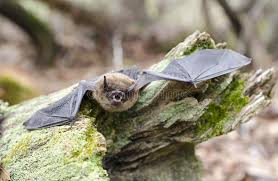

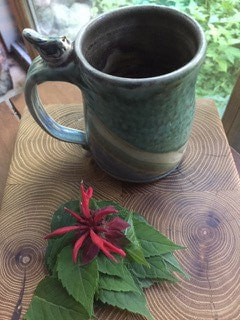

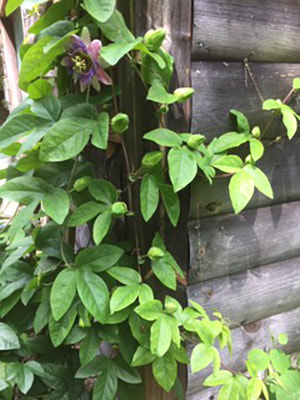
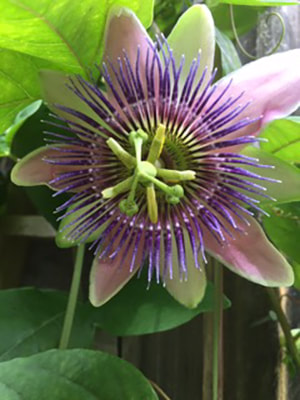
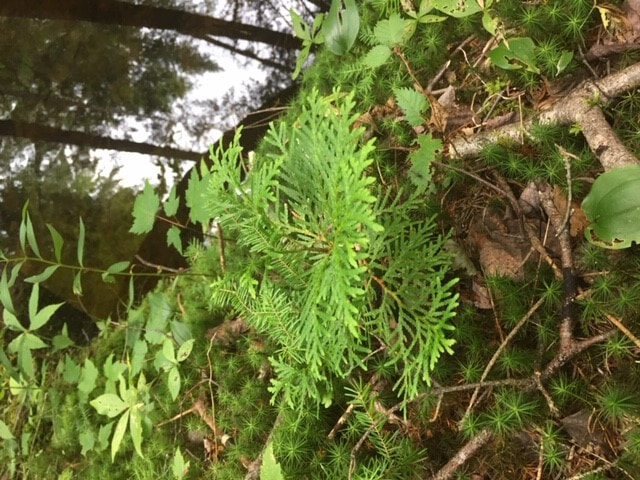

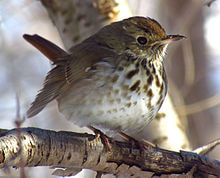


 RSS Feed
RSS Feed